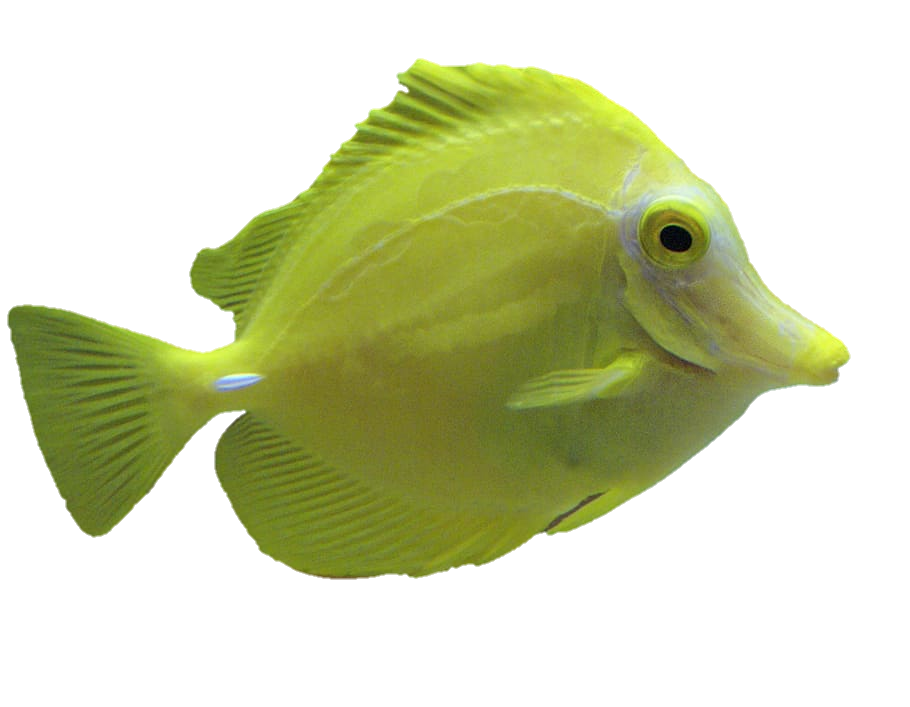
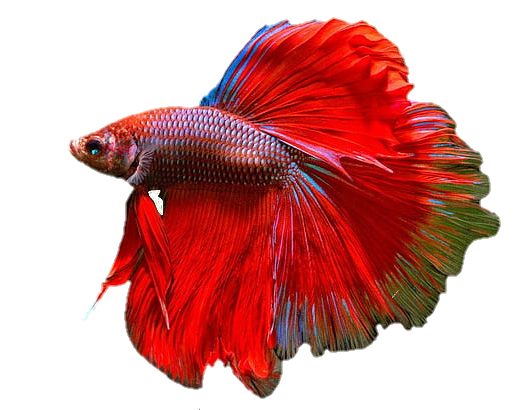
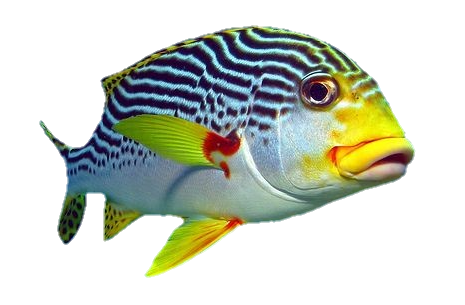
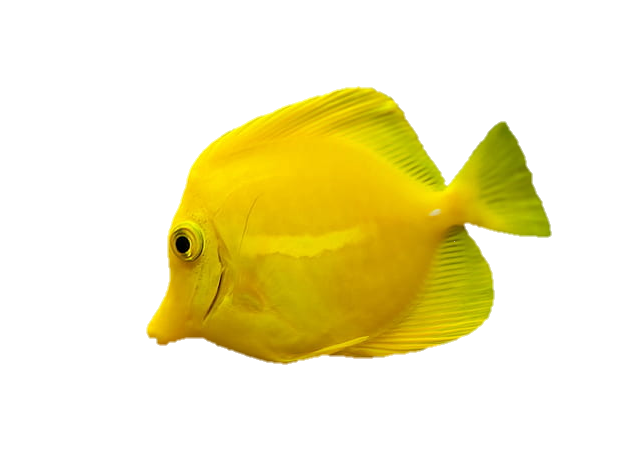
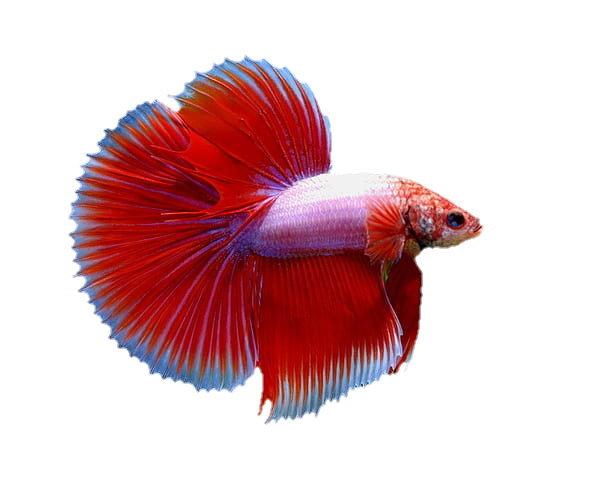
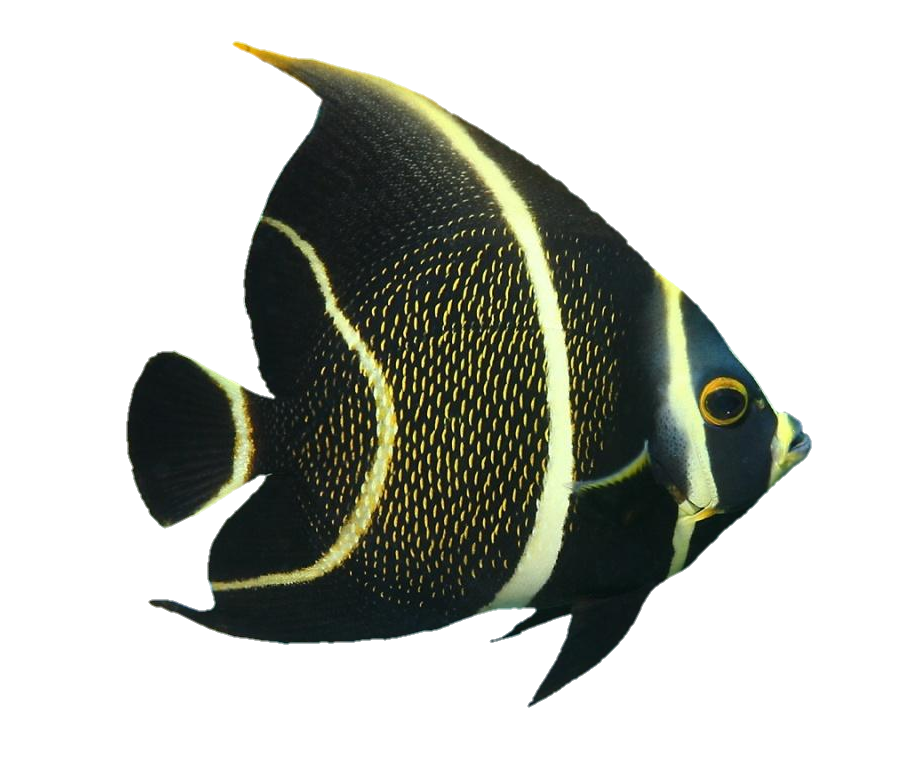
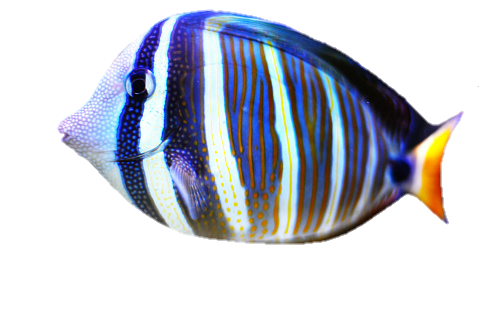
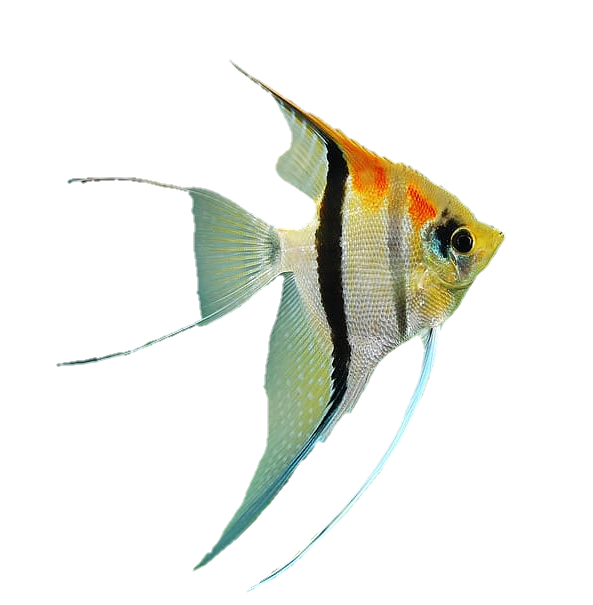
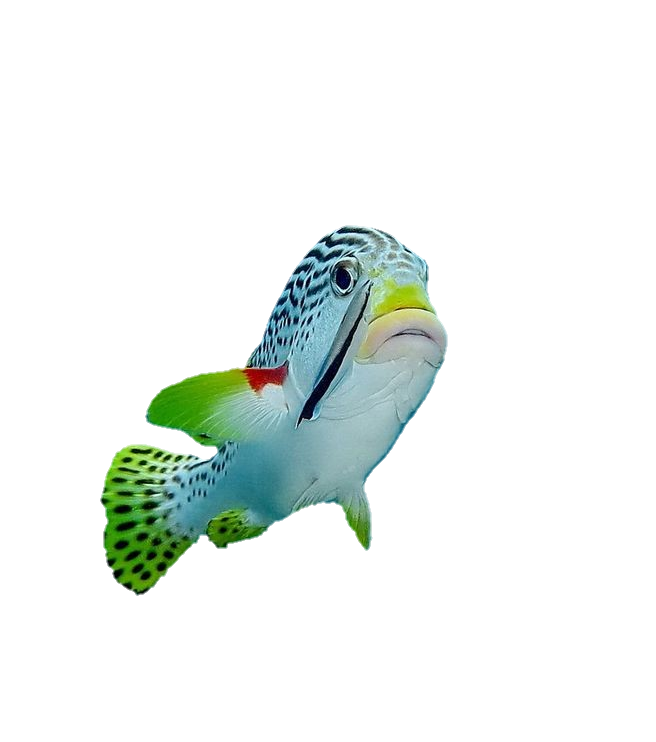
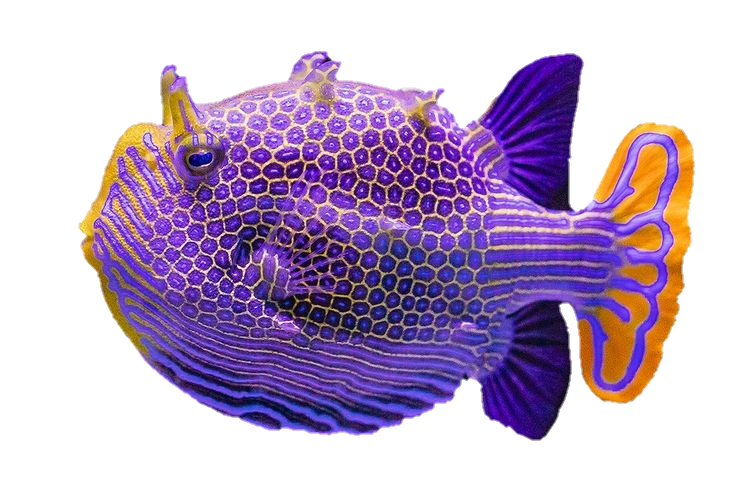
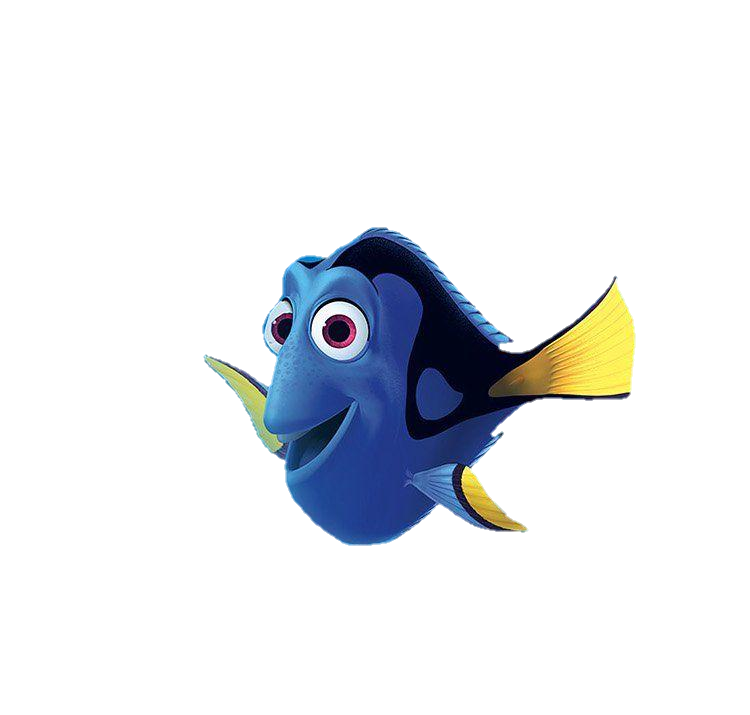
Fish are a diverse group of aquatic animals that belong to the phylum Chordata and are characterized by their ability to extract oxygen from the water through gills. They are found in various aquatic habitats, including freshwater and saltwater environments like oceans, rivers, lakes, and ponds.
Fish have adapted to their aquatic lifestyle with several distinct physical features. They possess streamlined bodies, which reduce drag and enable efficient movement through the water. Most fish have scales that protect their bodies and reduce friction. They also have fins, which aid in stability, maneuverability, and propulsion. The fins include the dorsal fin on the back, the anal fin on the underside, the pectoral fins on the sides, and the caudal fin (tail fin) at the rear.
Fish respire using gills, specialized organs that extract oxygen from water and release carbon dioxide. As water flows over the gills, oxygen is absorbed into the bloodstream, while carbon dioxide is expelled. Some fish have evolved accessory breathing structures, such as labyrinth organs, which allow them to breathe atmospheric air in oxygen-poor environments.
Fish exhibit diverse reproductive strategies. Most fish reproduce through external fertilization, where females release eggs and males release sperm into the water simultaneously, allowing fertilization to occur externally. Some fish build nests or create bubble clusters to protect their eggs, while others scatter them randomly. In some species, males care for the eggs until they hatch, while others show no parental care. Some species of fish, such as sharks, give birth to live young.
Fish display a wide range of feeding habits and diets. Some fish are carnivorous, feeding on smaller fish, invertebrates, or even other vertebrates. Others are herbivorous, consuming algae, plants, or residue. Additionally, some fish are omnivorous, feeding on plant and animal matter. Different species have evolved specific feeding adaptations, such as long beaks for probing into crevices or specialized teeth for grasping and tearing prey.
Fish play a crucial role in aquatic ecosystems. They occupy various trophic levels in food chains, serving as predators and prey. They help control populations of smaller organisms, maintaining ecological balance. Fish also contribute to nutrient cycling by consuming organic matter and excreting waste, which enriches the surrounding environment. Additionally, they serve as a food source for many other animals, including humans, and support commercial and recreational fishing industries.
Fish populations face numerous challenges, including overfishing, habitat degradation, pollution, and climate change. These factors can disrupt ecosystems, leading to declines in fish populations and loss of biodiversity. Conservation efforts, such as sustainable fishing practices, habitat preservation, and water quality management, are crucial for maintaining healthy fish populations and preserving the integrity of aquatic ecosystems.
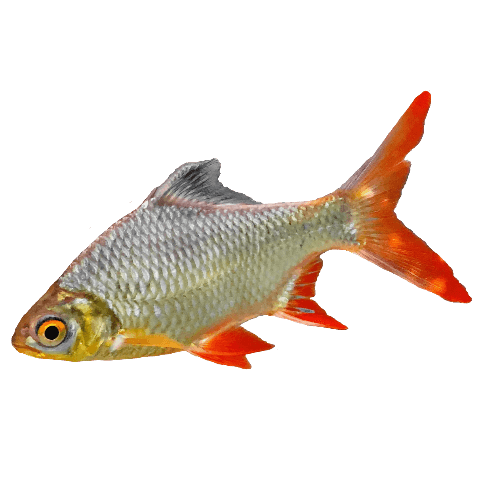


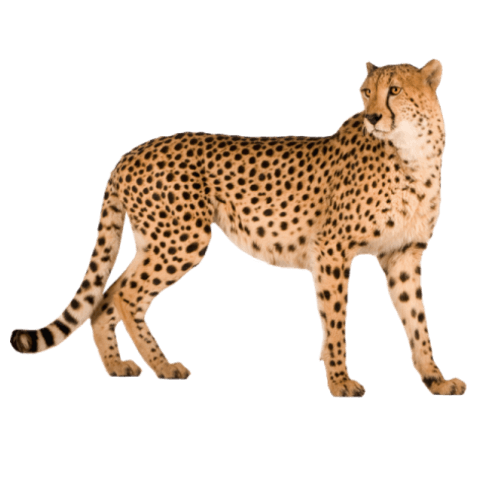


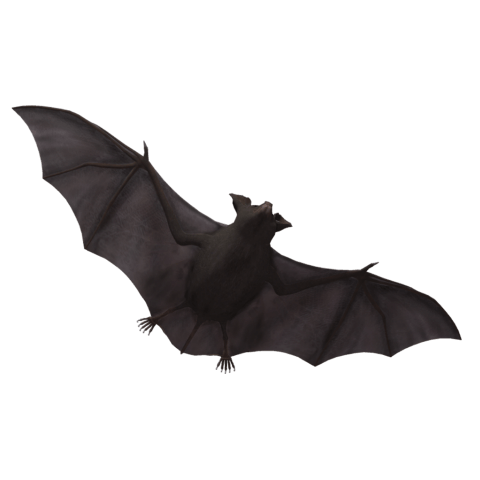
Leave a Comment